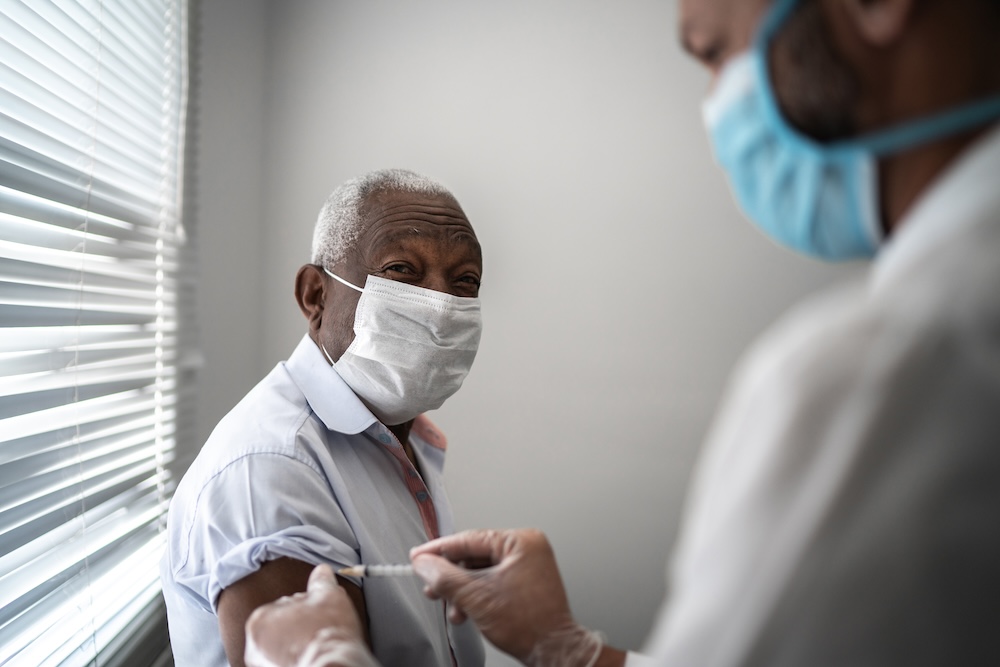TPMG’s Division of Research Spotlight — August 10, 2017
As a research scientist for the Kaiser Permanente Northern California Division of Research and director of KP’s Vaccine Study Center, it’s my job to study the safety and effectiveness of both new and older vaccines.
Here’s what concerned parents need to know:Some parents turn to me for answers, believing that I have insider knowledge. Each and every time, I tell them that immunizations are the best way to protect their child. I fully vaccinated my own 2 children. I’ve conducted more than 100 studies, and I can definitively say that all vaccines currently in use are safe and effective.
Vaccines do not overload our immune system.Vaccines contain a low number of antigens, the parts of germs that cause the body’s immune system to respond, and this tiny exposure helps the body recognize the disease and fight it off. One of the misconceptions is that when we give vaccines — and we do give many more than we did 30 years ago — we are bombarding the body with antigens, especially as many of the vaccines require multiple doses. The reality is the number of antigens in vaccines, even if your child received multiple vaccines in a single day, contain a fraction of the germs they are exposed to in a typical day.
There are 14 vaccines that the Centers for Disease Control and Prevention (CDC) recommends for children from babyhood through age 6, with many of them being administered before their second birthday. So, parents sometimes wonder why we cannot space out vaccines. Certain vaccines, such as rubella, mumps, and measles, are designed and tested to be given together. I recommend keeping with the immunization schedule because we don’t know how effective they are when given separately.
Vaccines are studied – extensively. Vaccines undergo multiple rounds of research before they are licensed, and continue to be studied once they are licensed and used routinely. New vaccines are tested with 3 phases of clinical trials for safety and effectiveness before they are made available to the general public.
Once they are routinely administered, vaccines are monitored regularly on a very large scale for any side effects, which are reported by the medical community to the CDC and Food and Drug Administration (FDA). In addition, we actively look out for potential, even hypothetical, reactions or side effects by examining and analyzing data culled from medical records from millions of people. Parents also have the option to report any unexpected reaction to vaccines kids have directly to the FDA and CDC for further study.
There are side effects with vaccines, mostly mild, such as soreness where the shot was given or a low-grade fever. None have been found to lead to any long-term harm.
In addition, there are some children who should not get vaccinated because they have weakened immune systems or could have a life-threatening allergic reaction to a component of the vaccine. Babies must be a certain age to get many immunizations. To protect everyone who can’t be vaccinated, the rest of us should be up to date on our vaccines.
Enough people need to be vaccinated for vaccines to work. There are many diseases that we don’t see or hear much about, but they have not been eradicated. For instance, there have been several recent outbreaks of measles in the United States because people unknowingly bring the virus from places where it is much more prevalent. Because measles is highly contagious, at least 92 percent of the population must be vaccinated to protect people from it. Not all diseases need such a high vaccination rate to be effective, but they all need enough people in a community to be vaccinated, or what we call “herd immunity,” to prevent their spread.
Lastly, I encourage parents to discuss any concerns with their child’s doctor. View physicians as a trusted source of information, and ask them questions. We are here to protect children, and so are vaccines.
This article is based on one that originally appeared in U.S. News & World Report on July 20, 2017.






